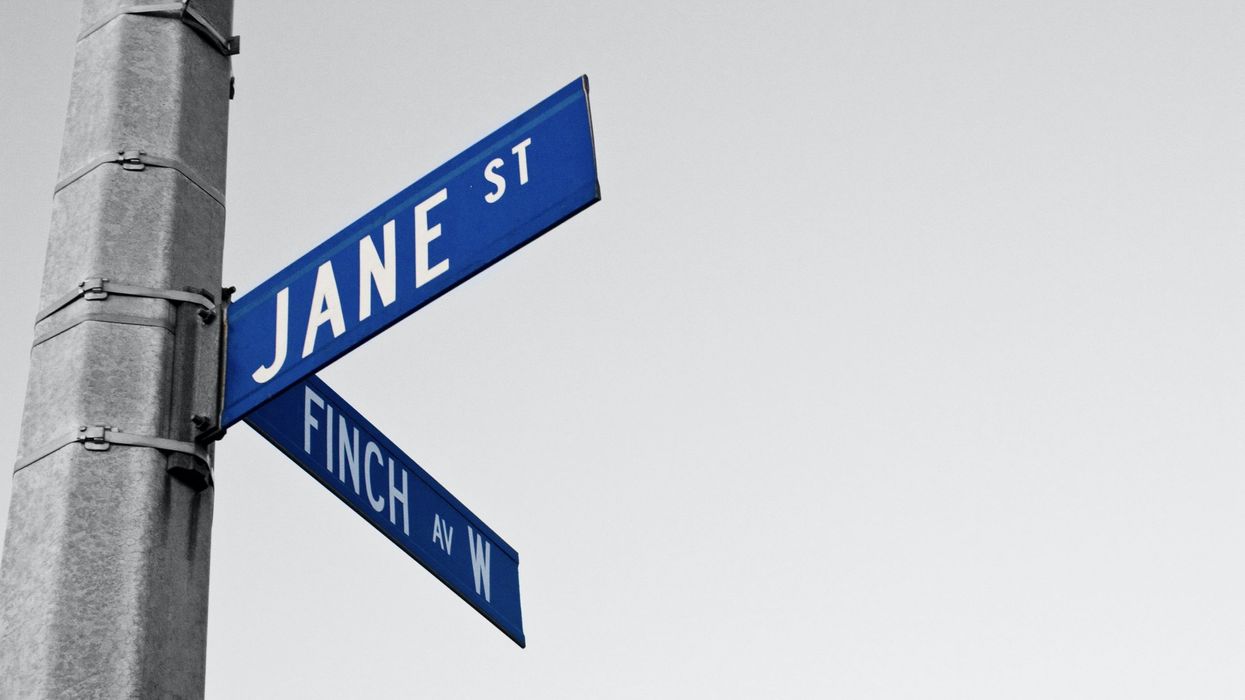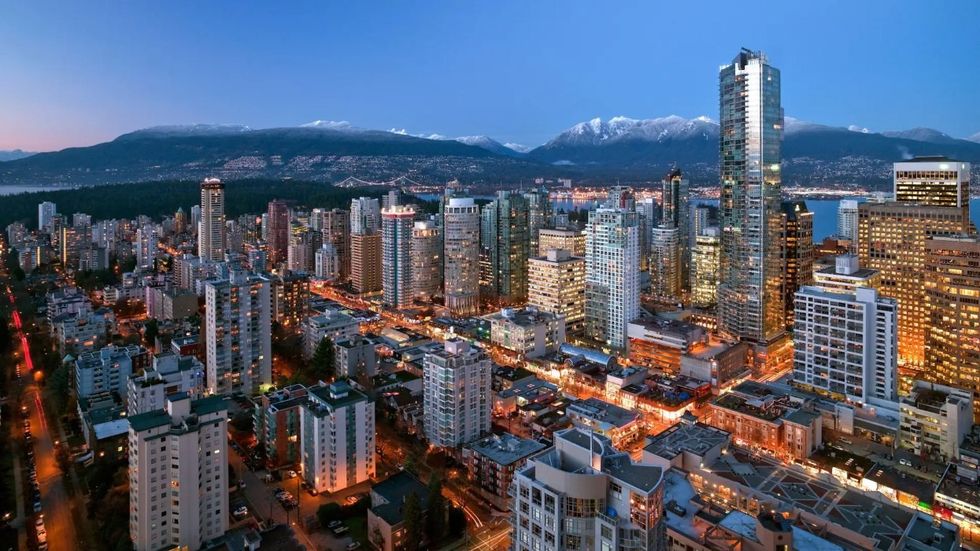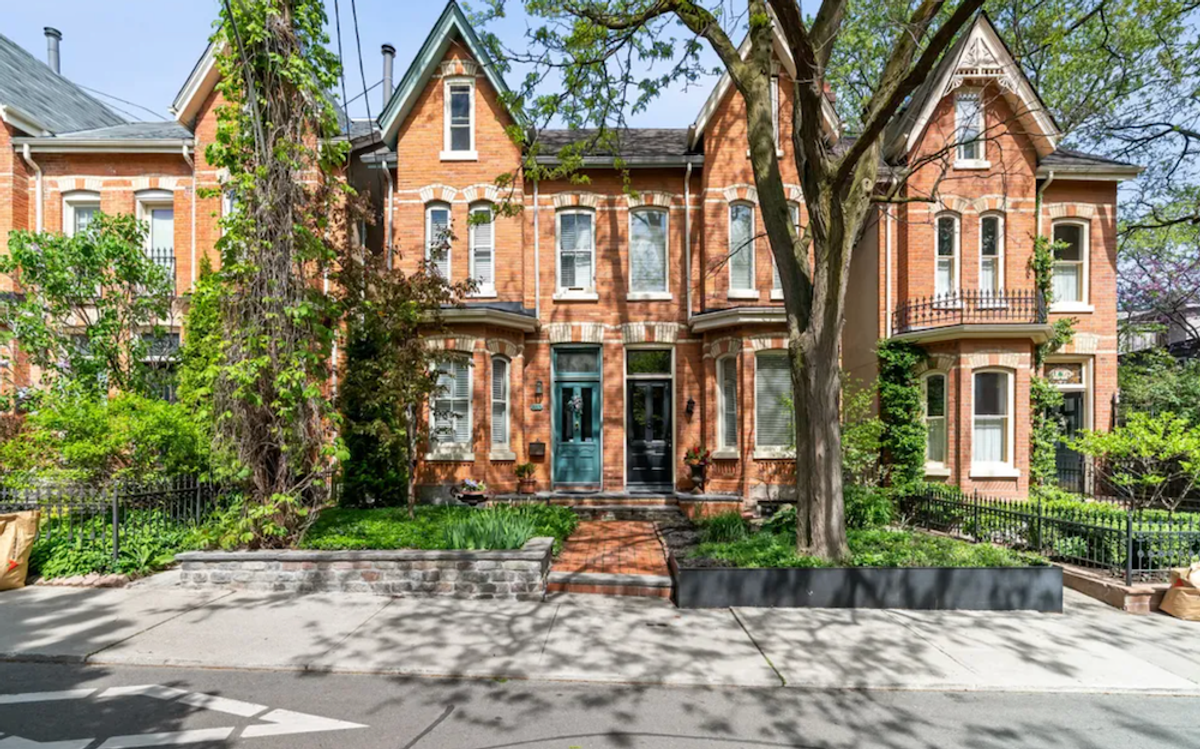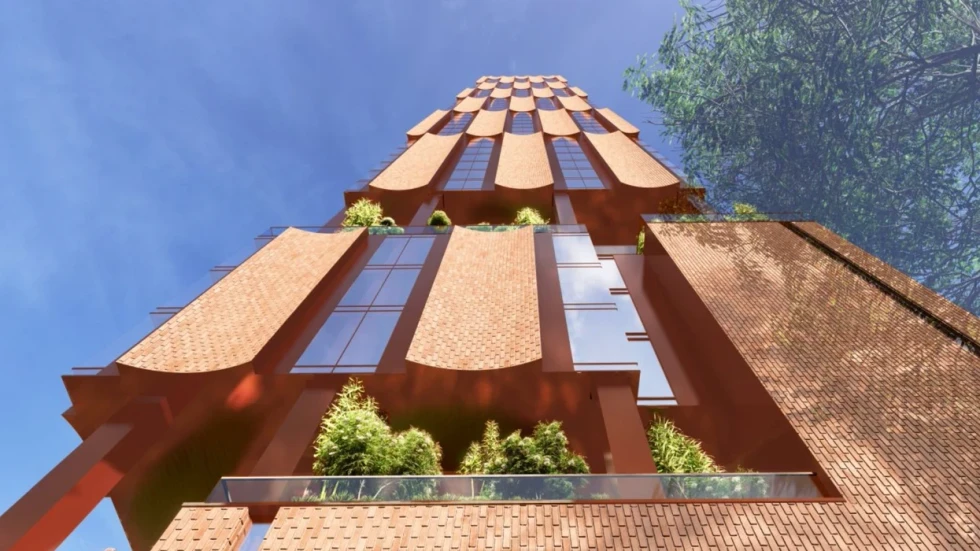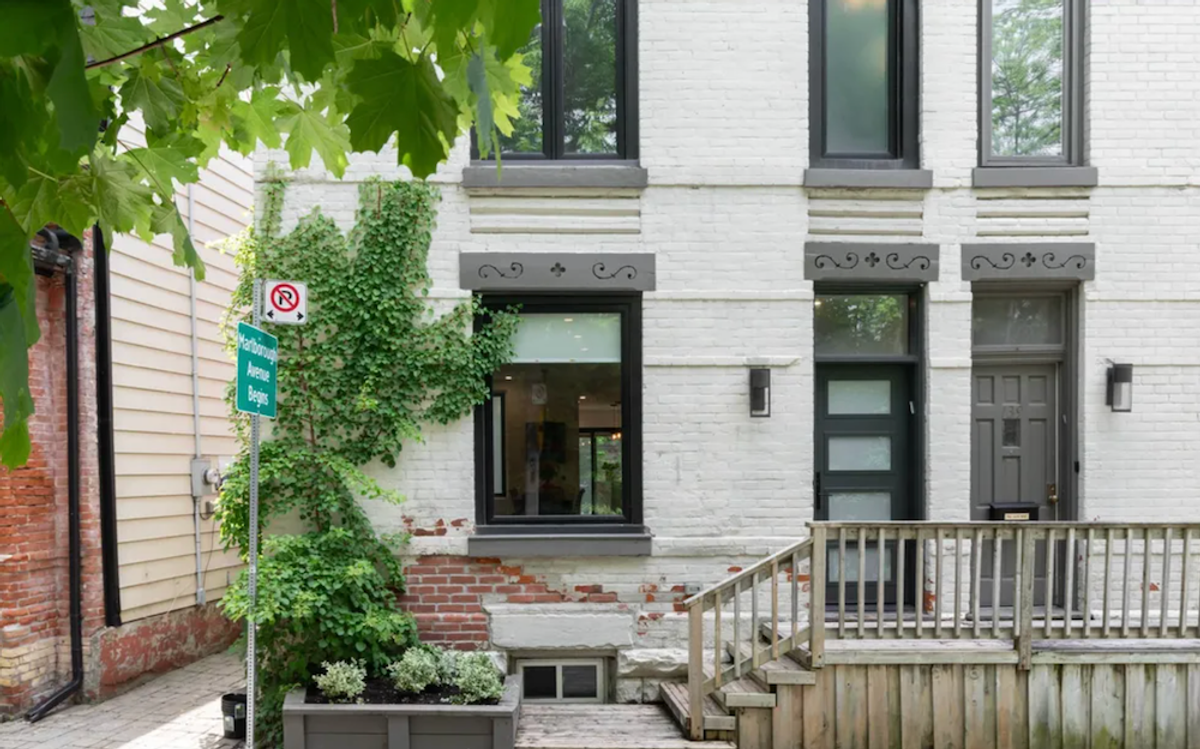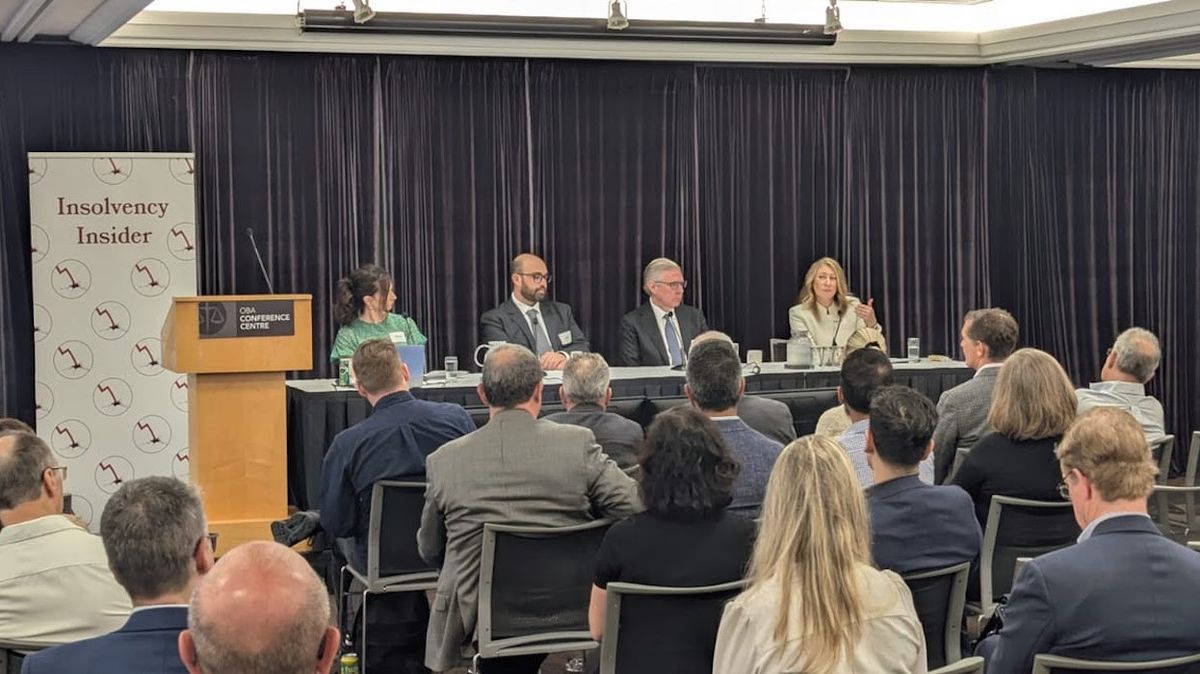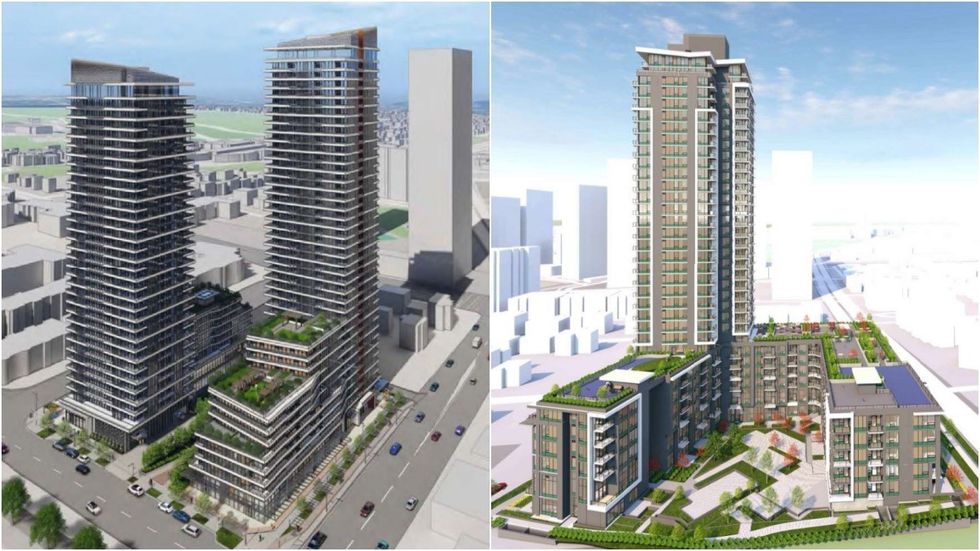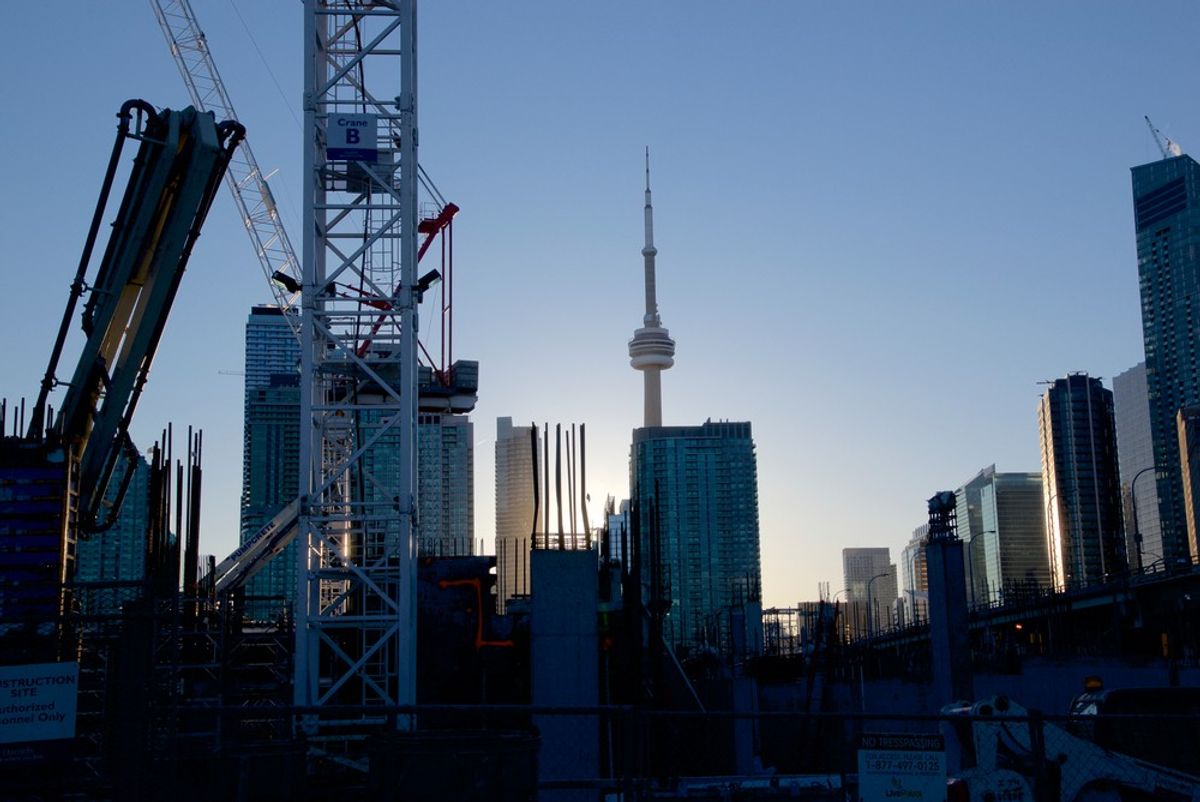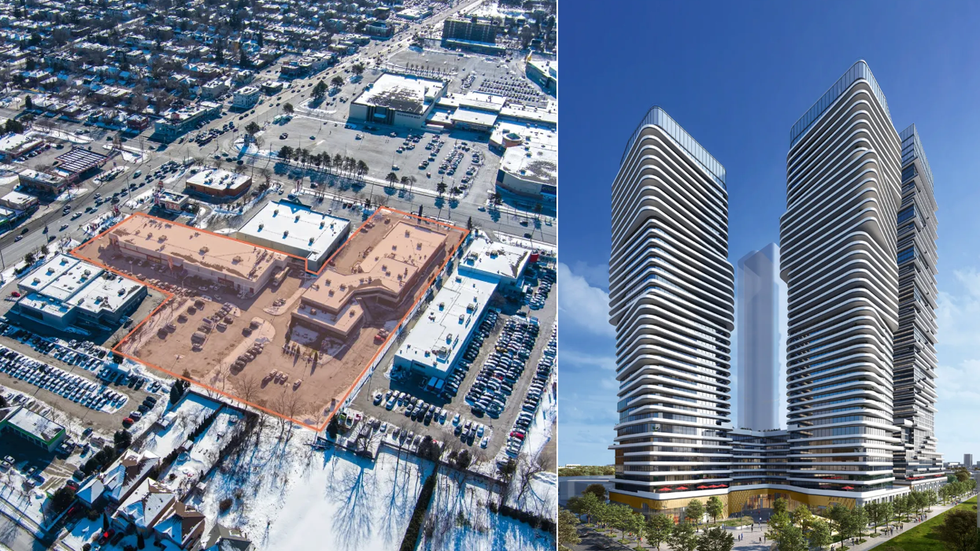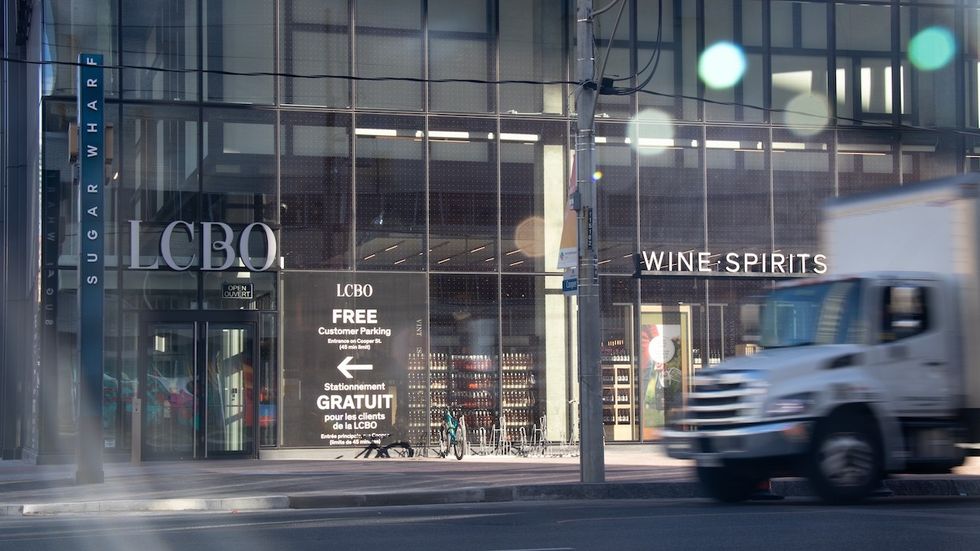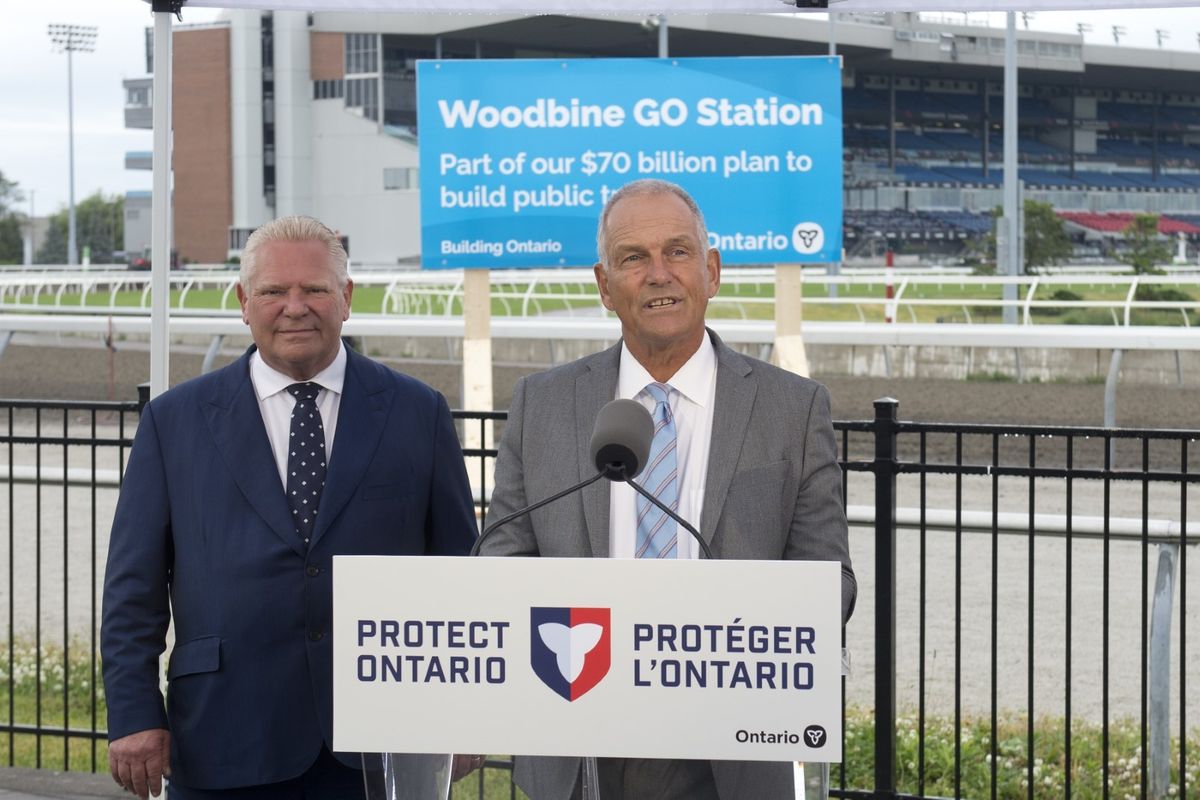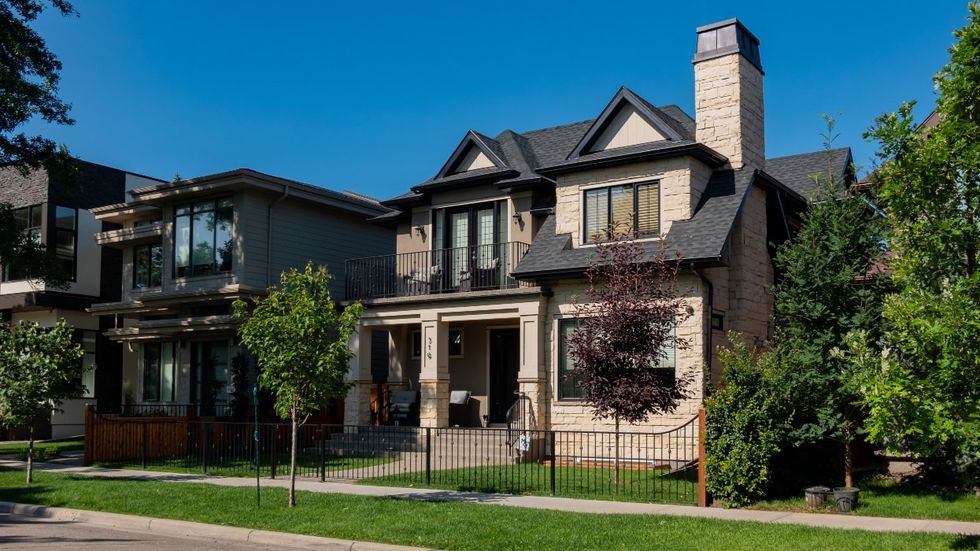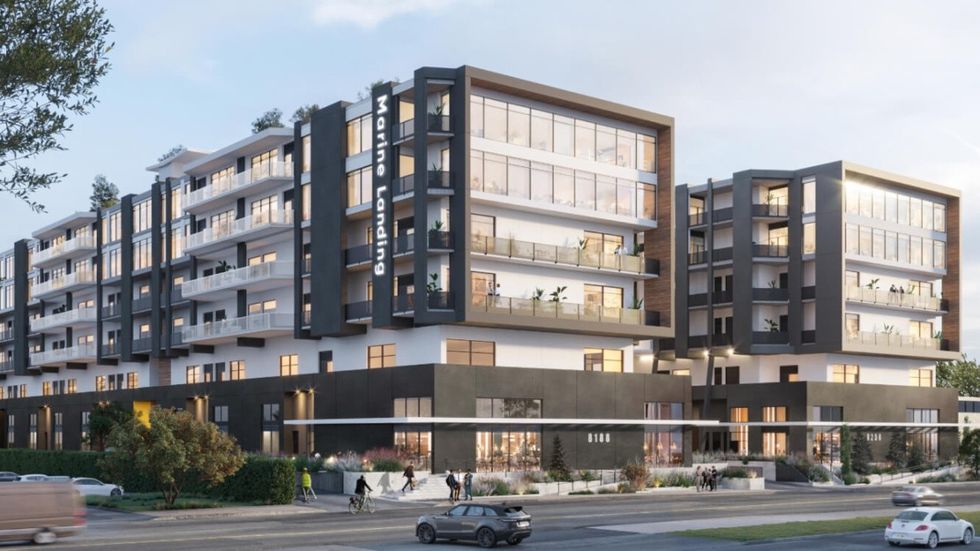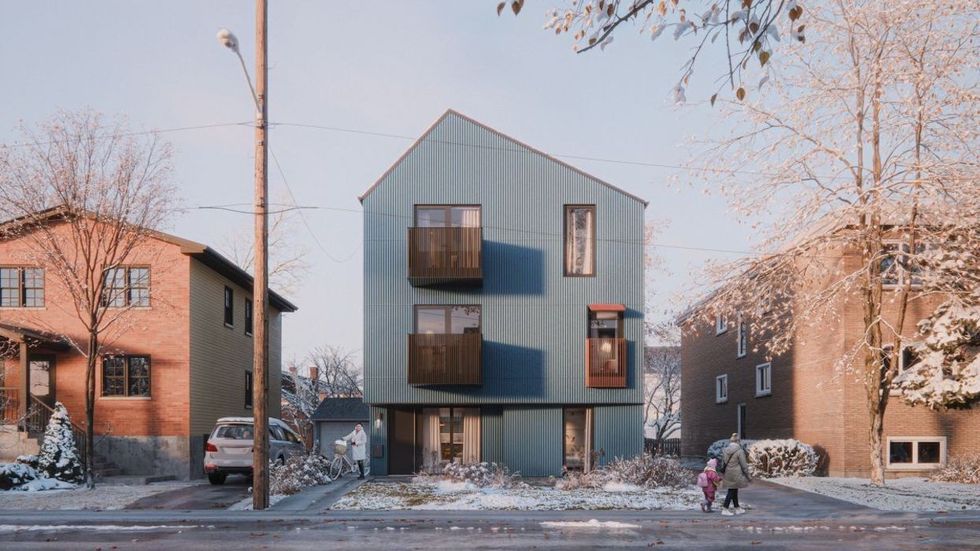Pandemic or not, realtors say rocketing prices were inevitable in every last corner of the city -- suddenly putting Malvern, Rexdale and Jane and Finch in the spotlight.
A recent report from Strata examined condo appreciation rates in Toronto, finding these typically overlooked corners are firing up as the downtown core cools. The data shows these neighbourhoods’ values are climbing faster than downtown by as much as 20%.
But is this just a pandemic blip? Some local realtors say the opposite -- it was inevitable. These are simply a few of the last affordable pockets in Toronto.
Kannan Nadarajah, real estate sales rep for Homelife/Future Realty, is currently finalizing an offer for a Malvern townhouse at 200 McLevin Ave. He previously listed in October 2018 for $295,000. Today’s price? $489,000 -- and based on current negotiations, he’s expecting to get very close to asking. (After this article was published, Nadarajah confirmed the property sold for $505,000.)
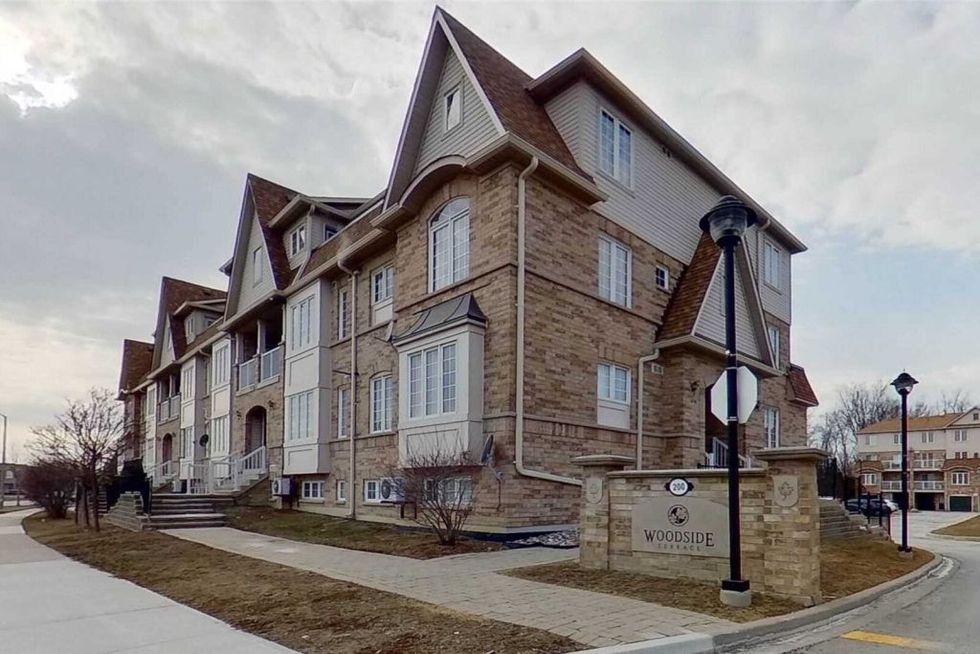
“Almost $200,000 more within one and half years after my client spent about $30,000 on renovations,” Nadarajah says. “It used to be that when people said ‘Malvern’ the answer was ‘no,’ but now everybody wants to get in. This is still a lower-priced area compared to other areas.”
Nadaraja says prospective buyers are roughly 70% first-time homebuyers and 30% are investors. And he doesn’t think COVID-19 has driven the sudden interest.
“It’s not the pandemic actually, but the interest rate -- you can see everywhere house prices are crazy now,” Nadaraja says. “This is very close access to the city compared to other areas. The price is very affordable and we’re hearing about the subway line that’s going to be here in the future. There are some new retailers and builders.”
READ: One Third of First-Time Homebuyers in Canada Still Believe Now is a Good Time to Buy
Sue Massa, sales representative for Right at Home Realty, listed a renovated semi for $789,000 at 31 Felan Cres., just north of Rexdale. Based on current offers, she’s expecting to get something in the $900,000's.
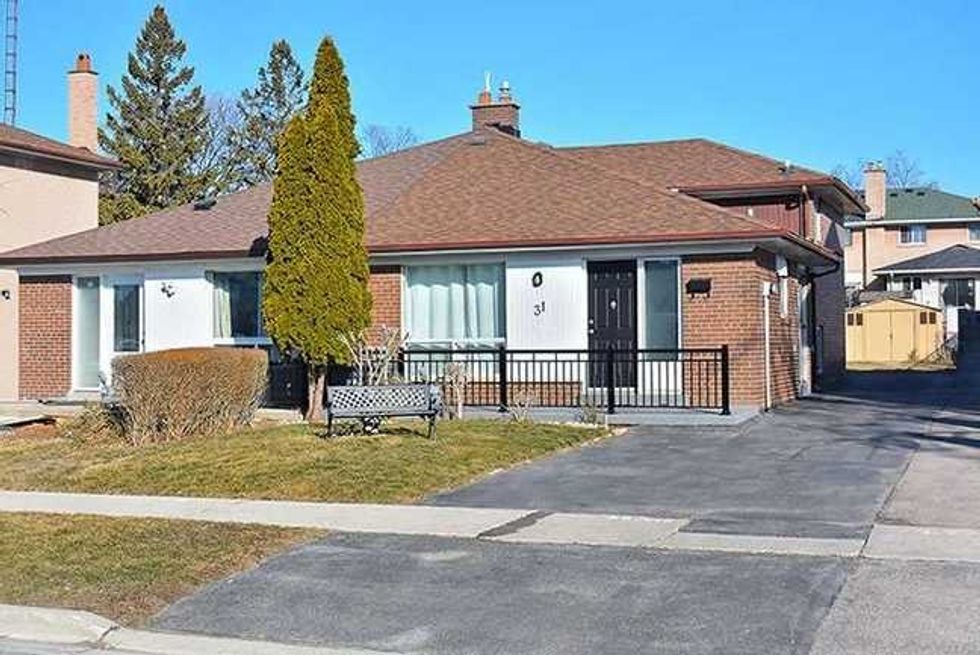
“I've been doing this for 40 years,” Massa says. “Right now, for realtors — we don’t have a price. If anybody asked us what the price is, the price is ‘Lord knows.’ We go to market and see what happens.”
Like Nadaraja, Massa also says low interest rates are driving prices in these oft-overlooked areas, not the pandemic. She’s seeing younger buyers tapping into parents’ savings to invest in real estate.
Jane and Finch just landed a public land donation for a community hub and arts centre. With access to the subway and highways 401 and 400, and relative affordability compared to the rest of the city, the neighbourhood was bound for rapid growth, Massa says.
“The Jane-Finch market … there was a sale that took place for a semi over a million dollars,” she says. “That was really something that nobody would predict. But they got the money. That particular area was always stagnant for a long time; it’s always been an area where prices have always been significantly lower.”
New retail, eager builders, public investment, low prices exploding into high prices overnight -- it sounds like a recipe for gentrification.
“As prices rise, we’ll undoubtedly see the typical signs of gentrification occur,” said Robert Van Rhijn, Strata’s broker of record. “That means more boutique shops, restaurants, and other amenities popping up in these areas. This will result in even more demand among a more diverse demographic of buyers.”
As gentrification inevitably pushes out lower-income families, students, singles and seniors, calls for more public and affordable housing aim to ease the relentless affordability pressures of a city ramping up for a post-pandemic world.
